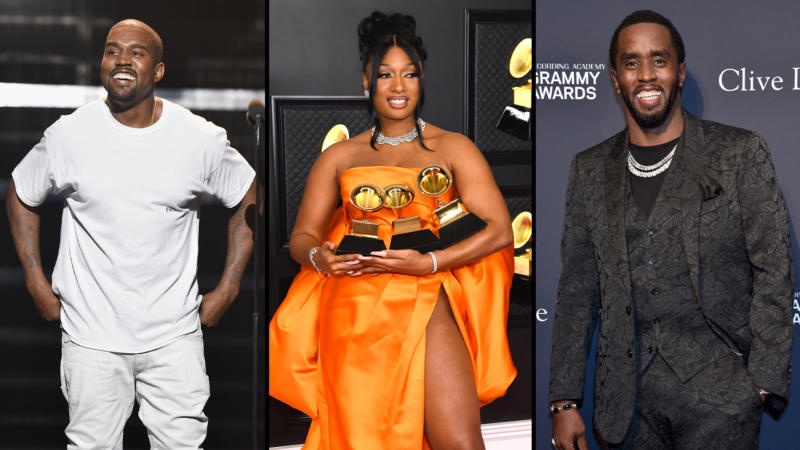In the 1970s, Hip-Hop was a safe haven for kids coming up in New York City and its boroughs — which were a much different place than they are today. Today, Hip-Hop music is a global music sound heard in nearly every corner of the world, and a pop culture phenomenon that has influenced everything from the way we talk and dress to the way we interact with each other on social media.
Black and LatinX kids in New York City had a golden opportunity to create something out of the ashes of economic devastation. The “white flight” from the cities to the suburbs left rows and rows of abandoned buildings, which allowed for “street kids” to host parties with their portable “Sound Systems” in what would become thriving clubs. When the sounds of the Caribbean, Africa, and soul combined to get the party started, Hip-Hop — as it would eventually become known — was born.
Today, it’s a multi-billion dollar industry that provides a better way of life for countless men and women that wouldn’t have the opportunity to create something for themselves otherwise. And Hip-Hop doesn’t just change lives in America — nearly every country in the world has its own rap stars who create generational wealth for decades to come.
On Hip-Hop’s birthday, let’s take a look at how an NYC street sound became the crux of an empire.
How much Is The Hip-Hop Industry Worth?
Back in 2006, ABC News did a special report and announced that the Hip-Hop industry was worth more than $10 billion (with a “B”) a year.
By the time 2016 rolled around, the market grew to $15.7 billion. Year over year, the industry is projected to grow at a rate of $4.08 billion.
Just one year later, Hip-Hop toppled rock’n’roll as music’s top-earning genre — Rolling Stone estimates that Hip-Hop controls about 31 percent of the musical market, and its influence is only going up.
Who Are The Top-Earning Stars In Hip-Hop?
Hip-Hop has a diverse roster of top-earning stars. In 2021, everyone from old-school rappers (Ad-Rock of the Beastie Boys, who has an estimated net worth of $90 million) to legendary producers (Timbaland, who has an estimated net worth of $85 million) has made their coin.
View this post on Instagram
Women, too, are the ones to watch in the industry. Nicki Minaj is the top earner in the game as of 2021 (with an estimated net worth of $85 million), but we’ll be sure to keep an eye on the net worth of female rappers like Cardi B, Saweetie, and Megan Thee Stallion in the future.
Hip-Hop has also produced billionaires, including Kanye West and Jay-Z.
What Was Hip-Hop's True Turning Point?
While Hip-Hop was always a thriving genre, it ultimately became mainstream — and thus, the dominant musical force — after the murders of Tupac Shakur and Biggie Smalls (aka The Notorious BIG).
View this post on Instagram
Scholars believe that during the height of the East Coast-West Coast rap rivalry, the genre was considered too “dangerous” to mainstream (read: mostly white) audiences. The threat of violence at shows loomed large, and consequently, advertisers refused to stake their dollars on the industry.
To this day, too, insurance companies are loath to write policies for Hip-Hop events — this company, for example, is one of the largest in the live performance industry, yet refuses to write policies for hip hop shows.
But after the coasts called a truce, the industry rebuilt itself with a unifying message, which changed the game for the better.
“Hip hop became a worldwide phenomenon at this point, too, with new audiences and artists emerging in places like Tokyo, Cape Town, London, and Paris. By the turn of the century, hip hop was the best-selling music genre in the United States,” reports PrepScholar.


